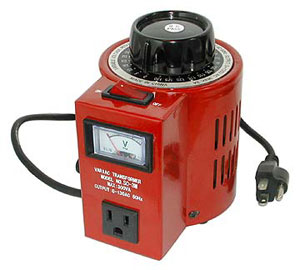OK, So I was given a 749 CFM in-line fan from a friend, and if I can...I would like to use it in my homebox XL which is 5X5X7.
I am aware that I will have to purchase a new carbon filter, but I want to be able to properly match the fan speed with the carbon scrubber.
So is this as simple as lowering the speed control to half way, and purchasing a carbon scrubber rated for max 400 cfm?
PLease help!
Thnx
ThePizzaMan
I am aware that I will have to purchase a new carbon filter, but I want to be able to properly match the fan speed with the carbon scrubber.
So is this as simple as lowering the speed control to half way, and purchasing a carbon scrubber rated for max 400 cfm?
PLease help!
Thnx
ThePizzaMan



